WORKS BY THE legendary artist known as Raphael (拉斐爾) are on show in Hong Kong. The Italian, whose real name was Raffaello Santi, is one of the most celebrated and prodigious Renaissance painters.
Santi (1483-1520), left the world with a staggering number of masterpieces, particularly those artworks highlighting sacred images.
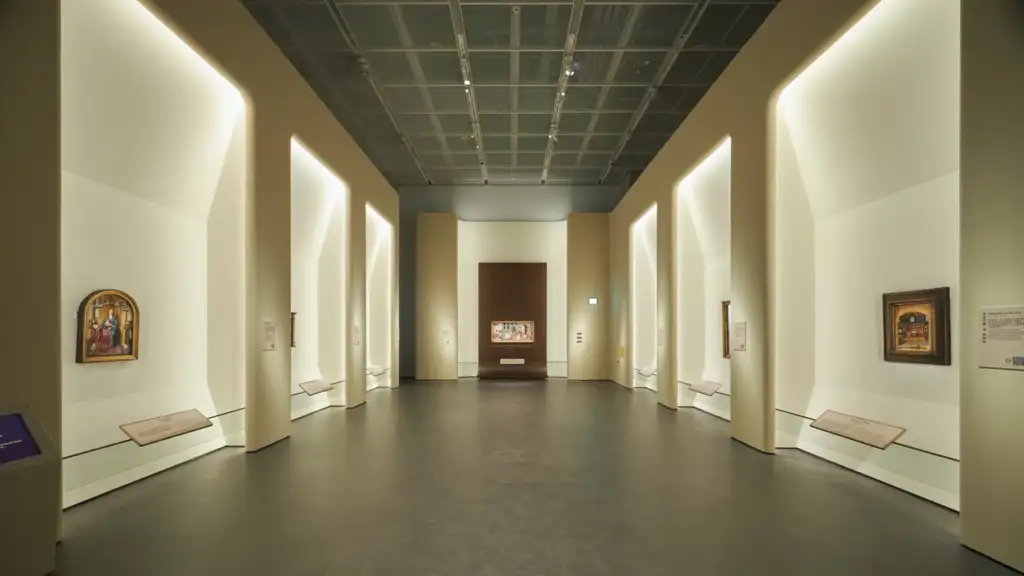
In Western history, the prevalence of religious paintings in the Renaissance – a period in which art and culture had marked the transition from the medieval to the modern world – had been driven by significant influence of the Roman Catholic Church in Europe.
In the Western painting exhibition – Botticelli to Van Gogh: Masterpieces from The National Gallery – now staged at the Hong Kong Palace Museum, Raphael’s masterpiece – The Virgin and Child with the Infant Saint John the Baptist (聖母子與施洗者聖約翰) and various western religious paintings are on display.
RAPHAEL HAILED AS GENIUS
Raphael has been recognized as a genius of art in the early 16th century. Raphael, Michelangelo (1475-1564 米高安哲羅) and Leonardo Da Vinci (1452-1519 達文西) are still regarded as great masters today and their artworks form the cornerstone works in the Renaissance.
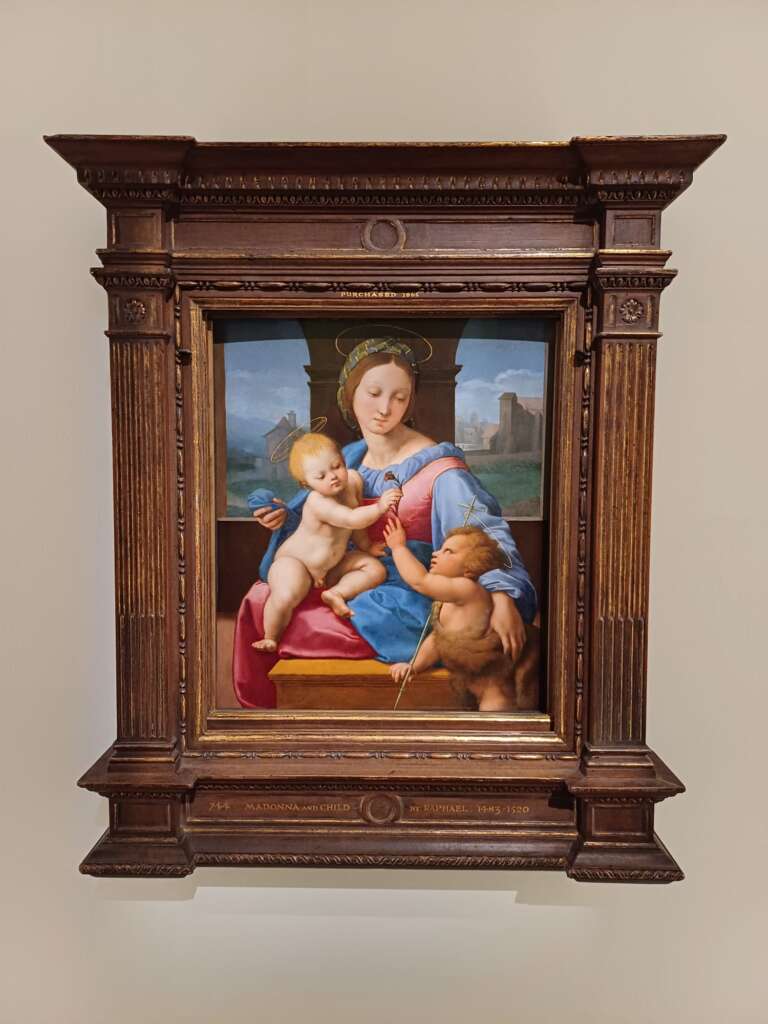
In the painting of The Virgin and Child with the Infant Saint John the Baptist, the infant Christ rests on the Virgin’s lap and looks at John the Baptist, who holds a reed cross and hands him a carnation.
There is a geometrical plan in the composition too. Raphael used geometry to make divine harmony visible. The figures are integrated with their setting, creating a sense of holiness and divinity.

With the invitation of late Pope Julius II (pontiff from 1503 – 1513) in the late 1510s, Raphel moved to Rome to decorate the Apostolic Palace in the Vatican, whereas Michelangelo painted the ceiling of the Sistine Chapel at the same time.

Raphael and his team curated unique frescoes in some rooms in the Apostolic Palace. The rooms are famous for their frescoes highlighting various themes and figures, notably The School of Athens.

Together with Michelangelo’s frescoes in the Sistine Chapel, Raphael’s creation fostered the grand fresco sequences that marked the golden period in the Renaissance.
BELLINI’S GRACEFUL PAINTINGS OF VIRGIN MARY
Apart from Raphael’s artwork The Virgin and Child with the Infant Saint John the Baptist, other renowned religious paintings curated by Venetian painter Giovanni Bellini, Florentine painter Sandro Botticelli and Antonello da Messina are also exhibited in the Hong Kong Palace Museum.
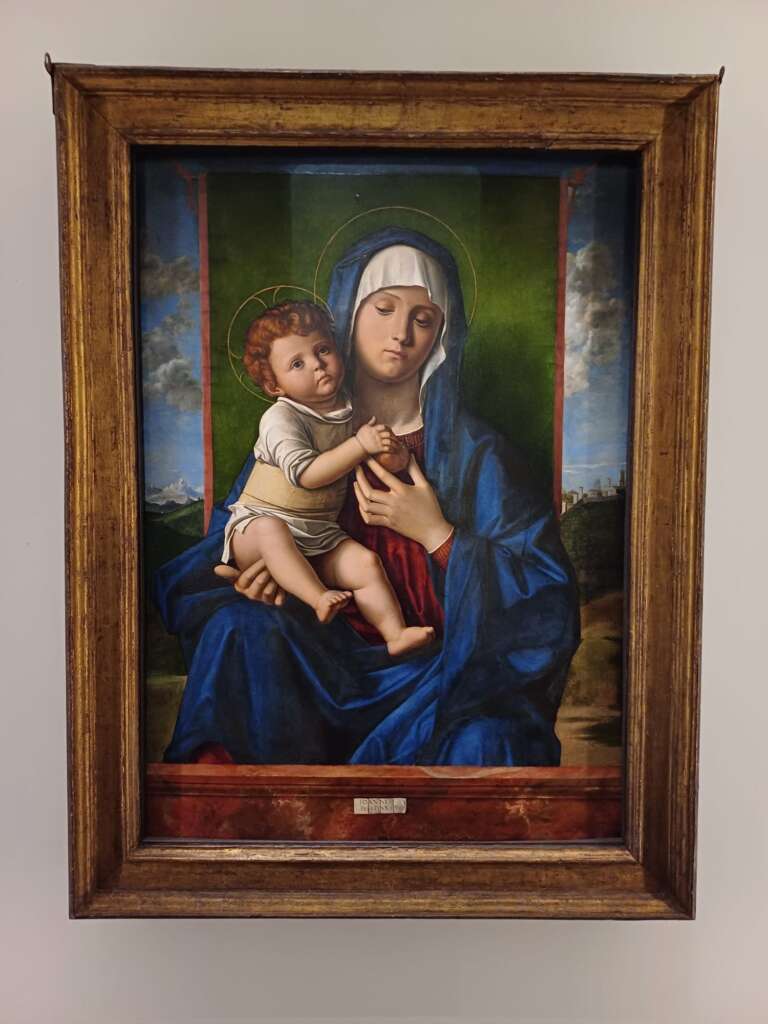
Giovanni Bellini (1435-1516 貝利尼) is famous for curating paintings of the Virgin Mary – the mother of Jesus Christ from the Bible.
In his painting The Virgin and Child (聖母子), the Virgin Mary and the infant Jesus are seated in a hilly landscape. A green cloth of honour hangs behind them to create the appearance of a throne.

The tender gestures of the holy figures remind of their humanity. The Virgin Mary looks down towards the pomegranate, a symbol of Christ Passion and Resurrection.
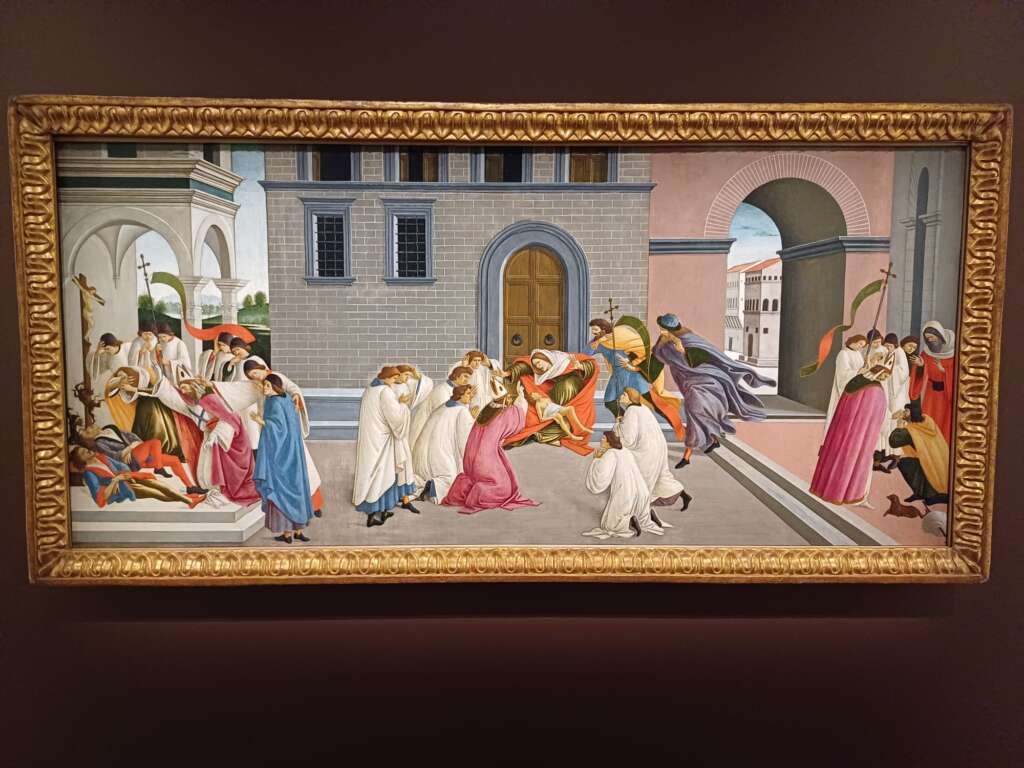
Meanwhile, Sandro Botticelli (1445 -1510 波提切利) is another esteemed artist in Italy at the height of his fame in the 15th century. His graceful religious pictures and mythological paintings are still popular today.
His renowned painting Three Miracles of Saint Zenobius (聖芝諾比烏斯的三個奇蹟) is exhibited in the Hong Kong Palace Museum.
The painting recounts the miracles of Florence’s bishop Zenobius, who is shown curing two youths, blessing a boy and raising him from the dead, and healing a blind beggar on the church steps.
DA MESSINA HAILED AS TALENTED PAINTER IN SOUTHERN ITALY
Above all, Antonello da Messina (梅西納) has been hailed a talented painter in southern Italy in the early Renaissance period. He is famous for painting portraits and religious subjects.
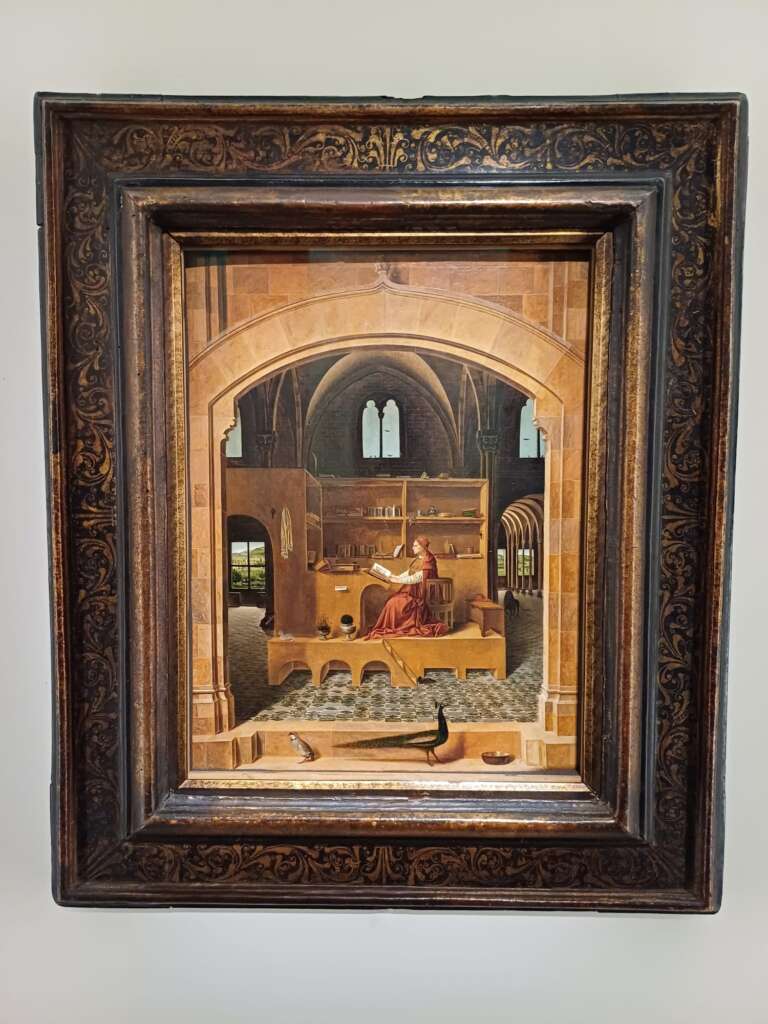
In Da Messina’s painting Saint Jerome in His Study (書房中的聖哲羅姆)exhibited in the museum, Christian scholar Saint Jerome, who is in a cardinal’s red robe and hat, reads in his study.
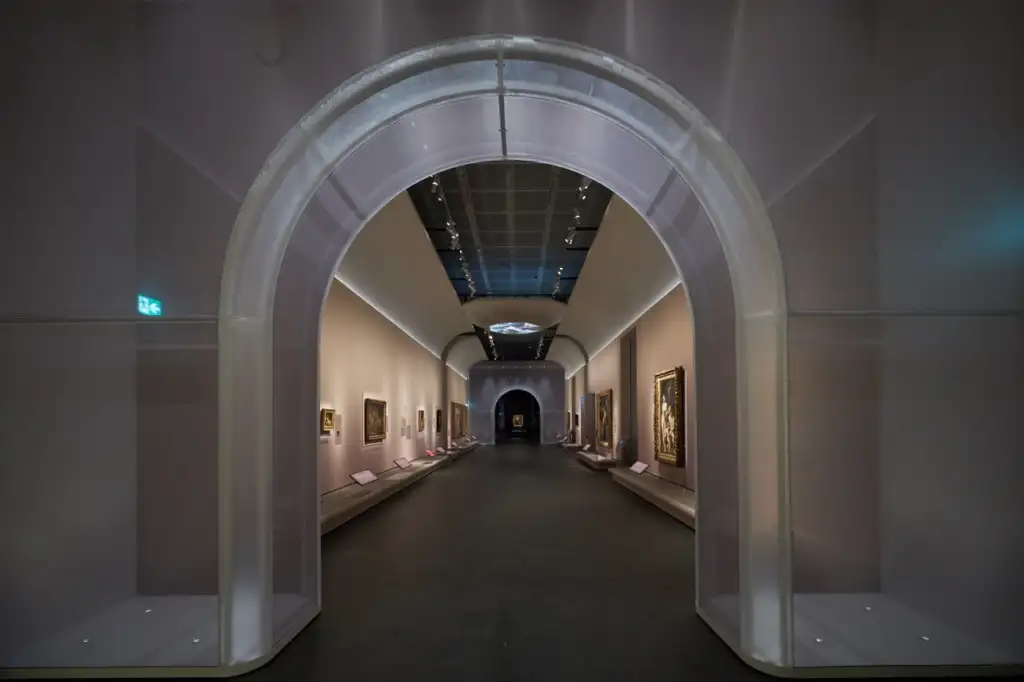
Raphael and other Western painters’ religious artworks still captivate art lovers to this day. The trove of religious paintings has shaped the transformative period in the Renaissance in Western art history.
Image at the top from Hong Kong Palace Museum
